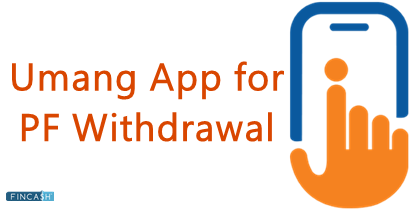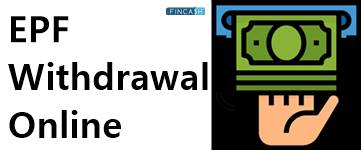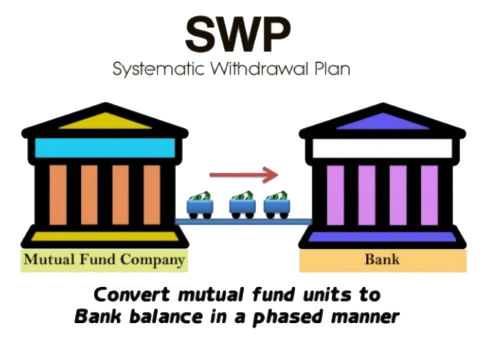
Table of Contents
Hardship Withdrawal
What is a Hardship Withdrawal?
When a person needs money to fund some urgent requirement but has no means to meet this financial need, they can withdraw money from their retirement plan. If you withdraw money from your retirement plan to fund an unexpected medical emergency, burial, and other such urgent requirements, then it is known as the hardship withdrawal. Now, withdrawing funds from your retirement plan is quite difficult for people who are younger than 59 years unless they opt for a hardship withdrawal.

Usually, experts do not recommend people withdraw money from their retirement accounts unless it is absolutely necessary and the last resort to fund the financial emergency. It can have a negative impact on your long-term Financial goals. Fortunately, you do not have to pay a penalty for withdrawing money from the 401(k) account.
Overview of the Hardship Withdrawal
Your application will be approved depending on the reasons you need to apply for sudden withdrawal and the total amount you request to be withdrawn from your retirement plan. Before you apply for it, make sure that you meet the eligibility criteria. If you qualify for this amount, you can withdraw the required sum from the 401(k) retirement account and finance your urgent requirements. Now, you are not supposed to repay the withdrawn amount. However, the government will impose the income tax on the amount you have obtained from the hardship withdrawal.
While you don’t have to pay the penalty, the amount you withdraw from the retirement account will be subject to Income tax. Generally, a 10% penalty is imposed on the cash withdrawal from the retirement account for people who are younger than 59 years. This means you can still withdraw money from the 401(k) account, but you will have to pay the 10% penalty as well as the standard income tax.
Talk to our investment specialist
Is a Hardship Withdrawal an Affordable Option to Raise Funds for Financial Emergency?
Make sure that an individual cannot transfer this amount to their retirement account even when their financial condition gets better. Unless you don’t have any other option, you should consider choosing an alternative to the Hardship withdrawal meaning. You can request for a hardship withdrawal if your loan request has been rejected and you have no other way to fund the emergency financial requirements.
For example, if you have a medical bill that you can’t pay and your health insurance plan doesn’t cover it, then you can get a penalty-free hardship withdrawal from your retirement account.
Using this method, you can withdraw money without having to prove your creditworthiness. As mentioned before, you will have to pay a higher income tax if you withdraw money from your retirement account. The worst part is that you will no longer be able to use the money you have withdrawn during your retirement. So, it is important to consider your Financial plan and withdraw money from this account only if it is extremely urgent. Once you have withdrawn the money, there is no way you could return it to the 401(k) retirement account.
All efforts have been made to ensure the information provided here is accurate. However, no guarantees are made regarding correctness of data. Please verify with scheme information document before making any investment.











